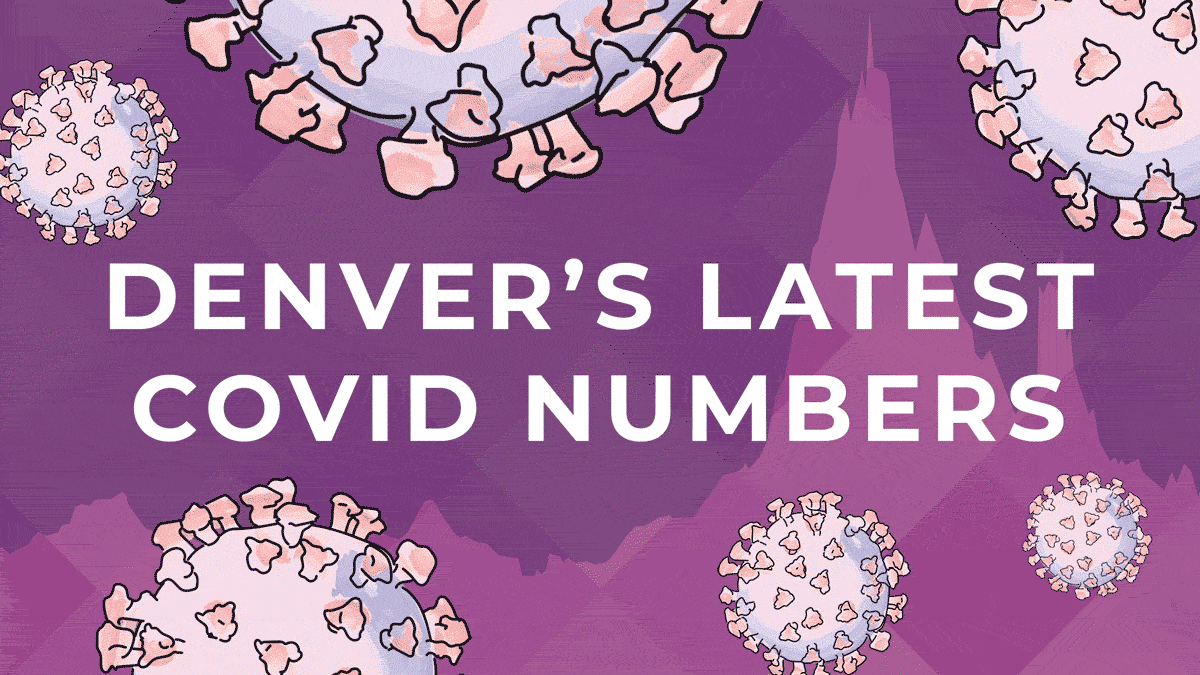Note: This page is no longer being updated, as we've switched to CDC community transmission levels instead of CDPHE's data.
Hello, Denver! Here's a clearinghouse of info on COVID-19 in the city. Each of these data visualizations updates daily, so you can always check back here to see how things are going. (The date on the post refers to the day this was first published, though the numbers here are current.)

You can get many of these numbers delivered straight to your inbox via our free newsletter - plus, you'll get everything else you need to know about things happening in town.
Cases
Below is a chart of Denver's seven-day cumulative tally of cases per 100,000 people. Basically, each day's case rate is added to those of the six days prior. This is one of the major metrics CDPHE is using to determine infection risk. They consider rates between 100 and 300 are considered "concern(ing)." Rates between 300 and 500 are considered "high risk." Rates above 500 are considered "severe risk."
In the pandemic's early days, this was a reliable metric of infection because the only available tests were through government-run facilities that could log every positive case. Since at-home rapid tests have become prevalent, this has become a less accurate measure of community spread.
Click here to see an interactive version of this chart.
Positivity rate
The chart below shows the proportion of officially logged tests that have come back positive, on average, on each day and the six-days prior. Since case rates have become less reliable indicators of infection levels in Denver, this is considered a better lens into potential risk.
CDPHE considers levels between 5 and 7.5 percent "concern(ing)." Levels between 7.5 and 10 percent are considered "high risk." Levels over 10 percent are considered "severe risk."
Click here to see an interactive version of this chart.
Questions? More data that you'd like to see? Email us at [email protected]!













